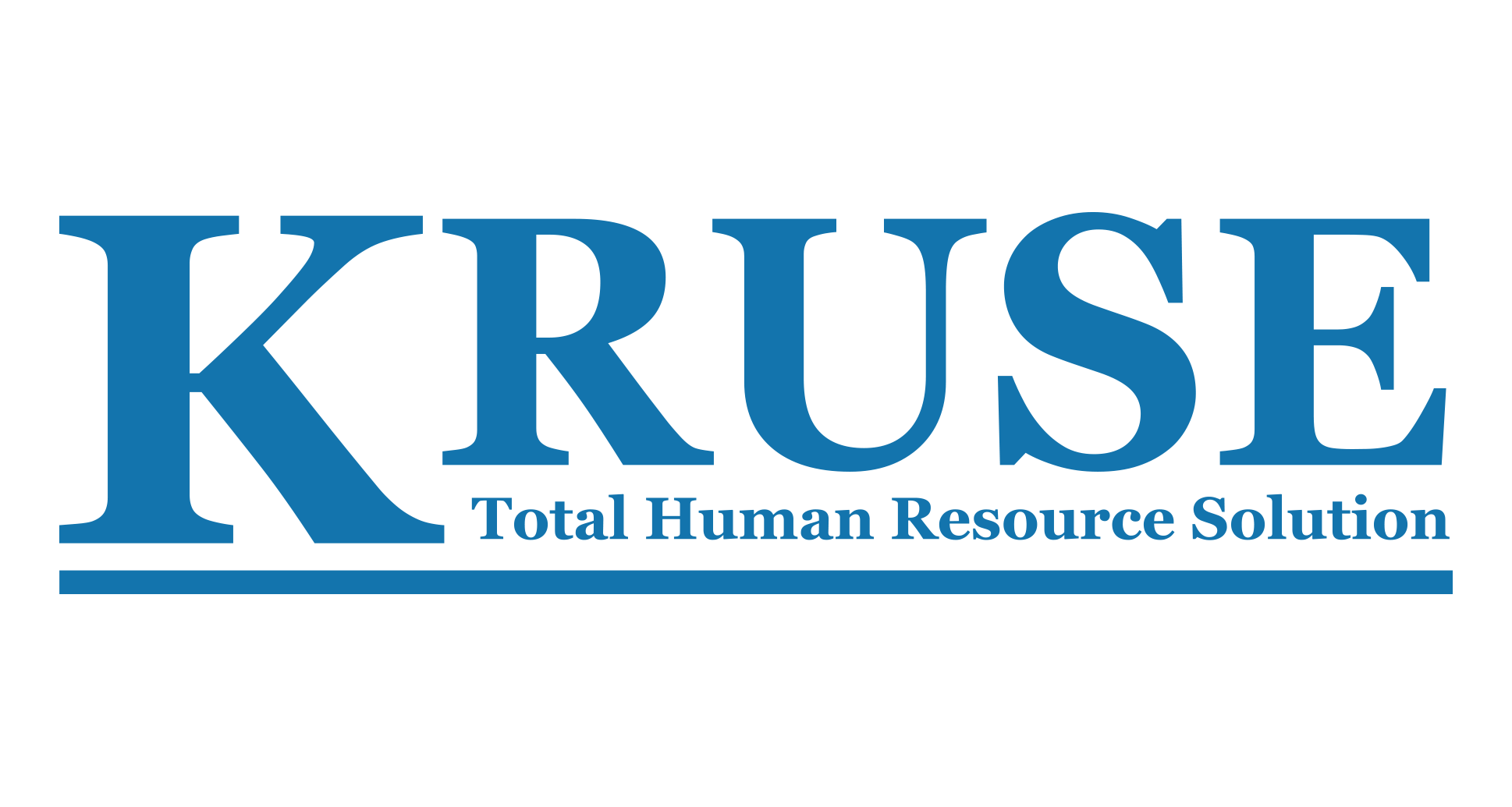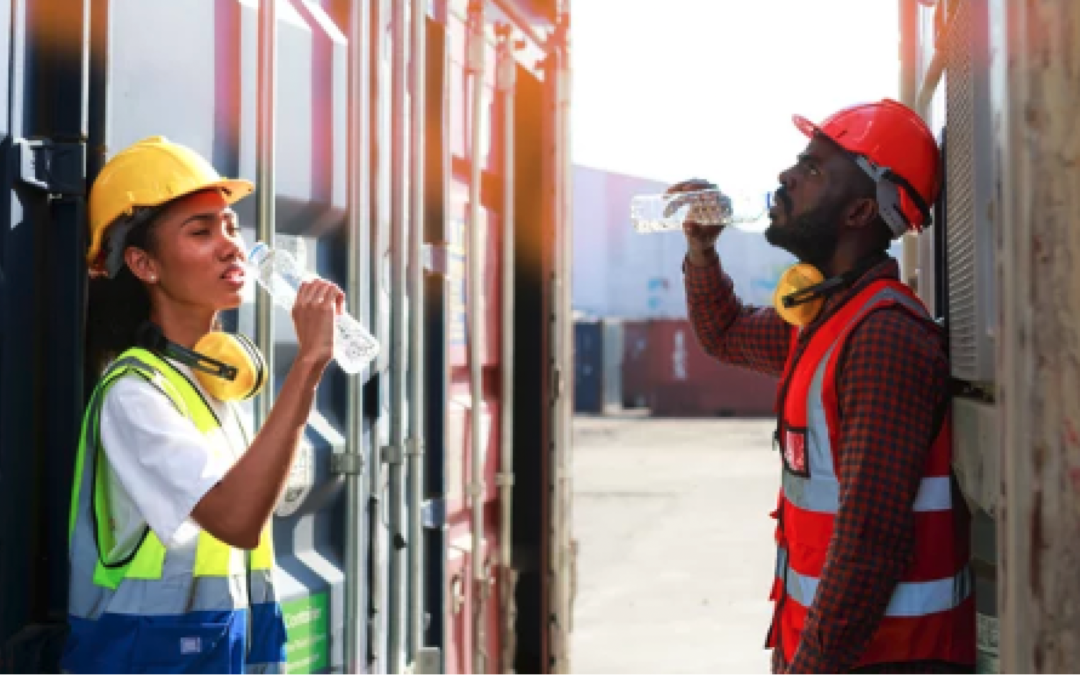With summer slowly approaching and temperatures increasing, we want to make sure that your company and employees are safe this summer. We are dedicated to enhancing safety and wellness practices for our insureds and want to provide the tools, knowledge, and resources you need to combat the hazards of working in the heat.
Heat Illness Can Result From Exposure to Heat Causing the Following:
Heat Stroke
•Medical emergency that may result in death. Symptoms are confusion, loss of consciousness, and seizures.
Heat Exhaustion
•Headaches, nausea, dizziness, weakness, irritability, confusion, dehydration, heavy sweating, and body temperature greater than 100.4 Fahrenheit.
Heat Cramps
•Muscle pains usually caused by loss of salts and fluid during sweating,
Heat Rash
•Most common in hot work environment and is caused by sweating and looks like a red cluster of pimples or small blisters.
Heat Syncope (fainting)
•Dizziness that occurs when standing for too long or suddenly standing up after sitting or lying. Lack of acclimatization is one factor that contributes to heat syncope.
5 Guidelines for Protecting Employees from Heat Stress:
- Provide heat stress training. Topics you may wish to address include worker risk, prevention, symptoms (including the importance of workers monitoring themselves and coworkers), treatment, and personal protective equipment.
- Schedule hot jobs for the cooler part of the day. The best way to prevent heat illness is to make the work environment cooler. Monitor weather reports daily and reschedule jobs with high heat exposure to cooler times of the day. When possible, routine maintenance and repair projects should be scheduled for the cooler seasons of the year.
- Provide rest periods with water breaks. Provide workers with plenty of cool water in convenient, visible locations in shade or air conditioning that are close to the work area. Avoid alcohol and drinks with large amounts of caffeine or sugar.
- Monitor workers who are at risk of heat stress. Workers are at an increased risk of heat stress from personal protective equipment, when the outside temperature exceeds 70°F, or while working at high energy levels. Workers should be monitored by establishing a routine to periodically check them for signs and symptoms of overexposure.
- Acclimatize workers by exposing them for progressively longer periods to hot work environments. Allow workers to get used to hot environments by gradually increasing exposure over at least a 5-day work period. The U.S. Occupational Safety and Health Administration (OSHA) suggests beginning with 50% of the normal workload and time spent in the hot environment, and then gradually building up to 100% by the fifth day.
About 3 out of 4 heat illness fatalities occur in the first week of work, according to OSHA, heat is the leading cause of death among all weather-related events. Workers operating in higher temperatures need to acclimate – build a tolerance to working in the heat over time.

